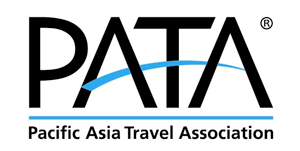Malaysia’s tourism sector has received a welcome boost. Tourist arrivals from ASEAN countries surged by 15.5% in the first half of 2025, translating into 15.09 million visitors compared to 13.06 million a year earlier. At first glance, this achievement reflects Malaysia’s growing appeal and the effectiveness of promotional campaigns under its ASEAN Chairmanship.
But beyond the headlines, deeper questions remain: can Malaysia sustain this momentum?
Tourism, Arts and Culture Minister Datuk Seri Tiong King Sing was right to highlight the importance of ASEAN as Malaysia’s primary tourism market—accounting for a striking 74.3% of total arrivals in 2024. This dominance underscores the strength of Malaysia’s geographical proximity, cultural similarities, and affordability to regional travellers. It also shows that ASEAN remains the bedrock of our tourism economy.
Yet, cracks are visible. Budgetary constraints limit the scope of promotional efforts. States like Kelantan are conspicuously absent from international marketing pushes, missing opportunities to showcase their unique culture and heritage. At the same time, infrastructure bottlenecks and uneven coordination risk slowing Malaysia’s ability to fully capitalise on ASEAN demand.
As we prepare for Visit Malaysia Year 2026, the challenge will be moving from sheer numbers to quality tourism—longer stays, higher spending, and sustainable development that benefits local communities. Celebrating 15.5% growth is good, but real success lies in ensuring that this wave of ASEAN travellers leaves behind more than footprints: it must translate into lasting economic and cultural value.
Malaysia has proven it can draw the crowds. The next step is proving it can maximise the impact.
- TAGS / KEYWORDS:
- trending#1





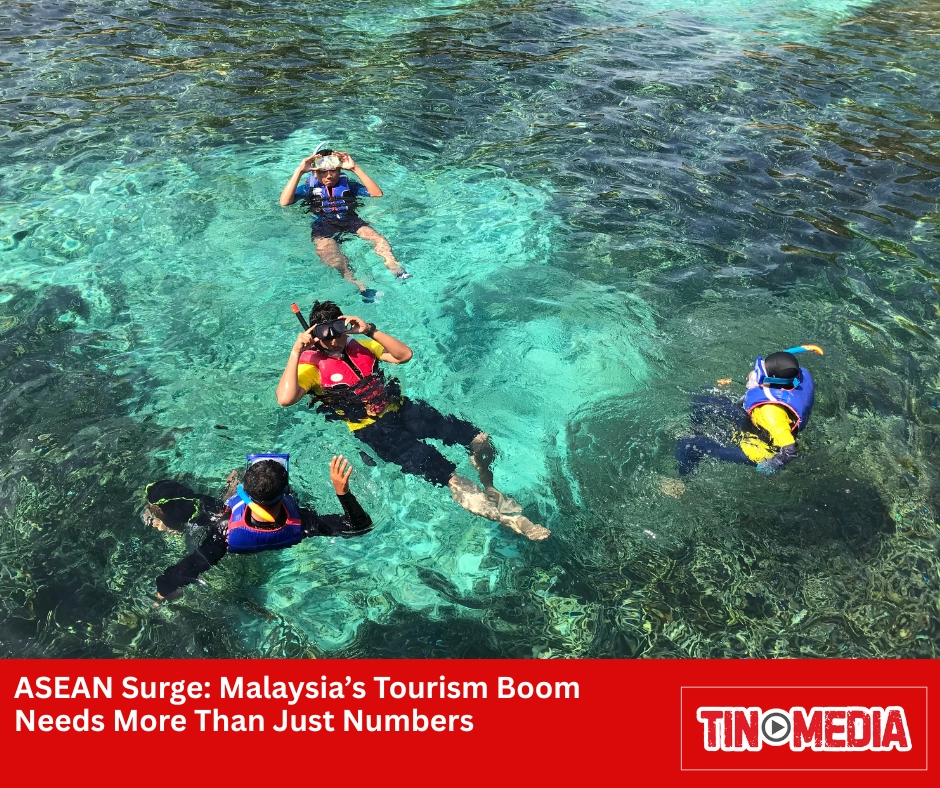

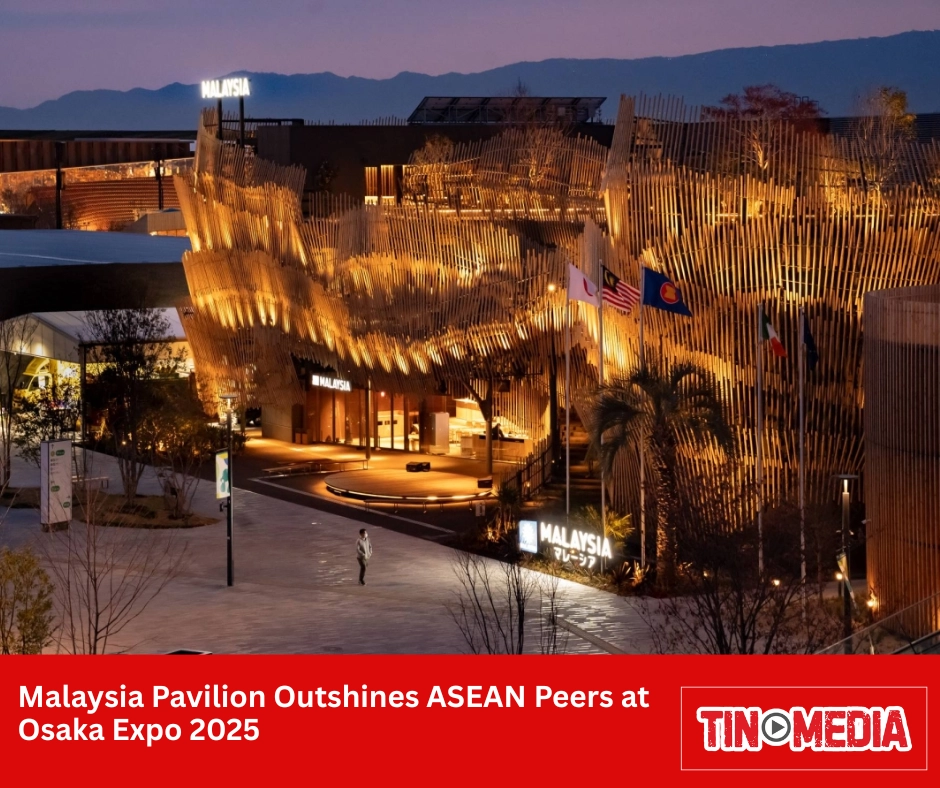



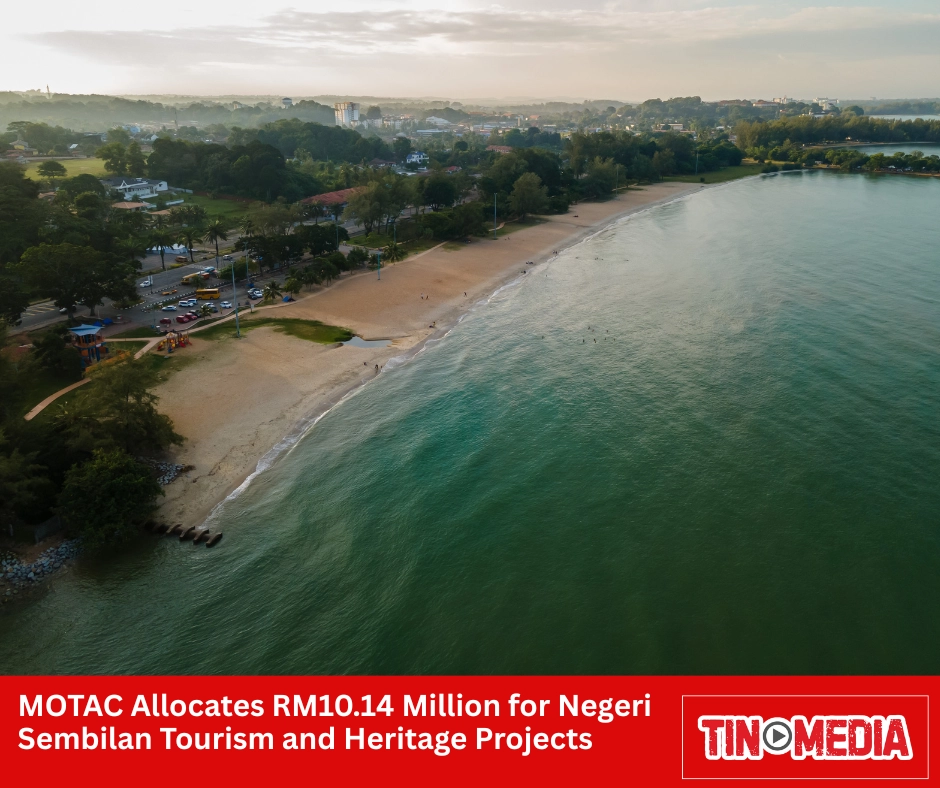

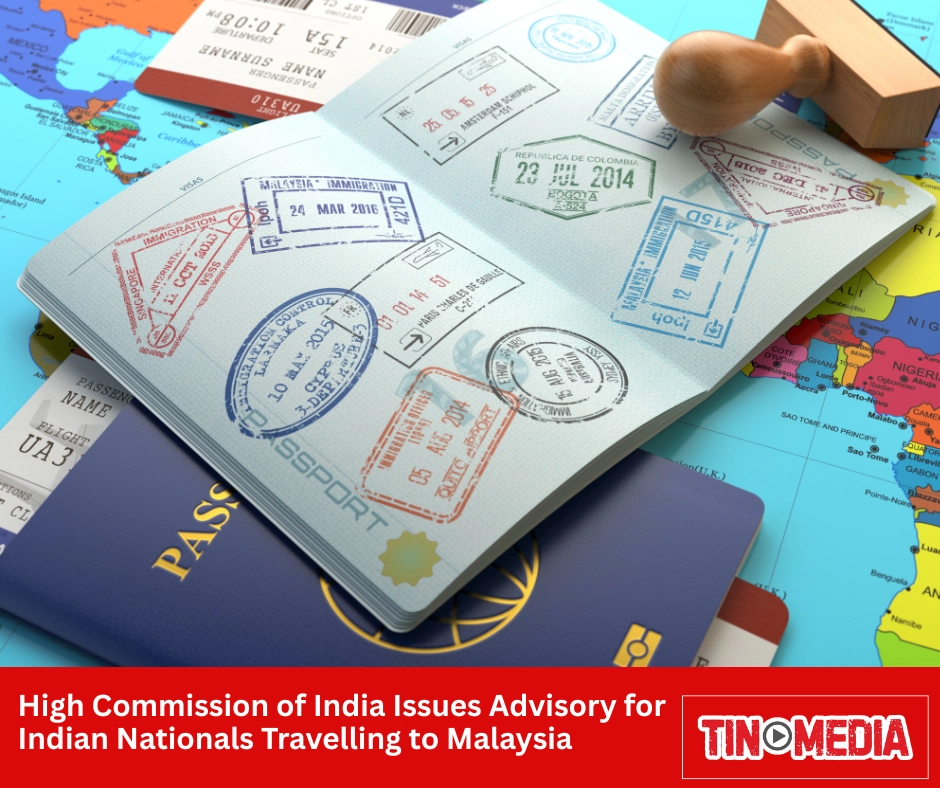



.png)






